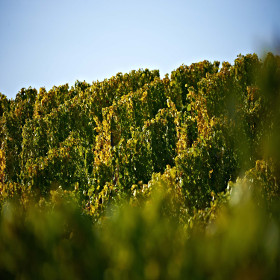Wein- und Sektkellerei Jakob Gerhardt Niersteiner Schloßkellereien GmbH
Die Wein- und Sektkellerei Jakob Gerhardt Nierstein ist ein seit dem Jahr 1751 gewachsenes Traditionsunternehmen der Weinbranche. Mit circa 75 Hektar bewirtschafteter Weinberge v.a.in Nierstein, Oppenheim und Dienheim hat sich, der als Familienunternehmen gegründete Winzerbetrieb, zu einem bedeutenden Anbieter rheinhessischer Weine etabliert. Nach 7 Generationen in Händen der Familie Gerhardt, welche den Weinbau, die Küferkunst und den Vertrieb durch Handelsreisende immer weiter optimiert hatten, wird Jakob Gerhardt Nierstein - noch immer unter dem Namen der ursprünglichen Eigentümerfamilie -, heute unter der sachkundigen Direktion des Geschäftsführers Pierre Boos geleitet. Internationale Weine qualitätsgeprüfter Partnerweingüter mit exzellentem Ruf ergänzen das deutsche Weinsortiment. Am Stammsitz bietet Jakob Gerhardt zudem im 4-Sterne 'Wein- und Parkhotel Nierstein' mit hauseigener Vinothek Weinkunden, Geschäftsleuten und Urlaubern eine Anlaufstelle rheinhessischer Gastlichkeit.






















